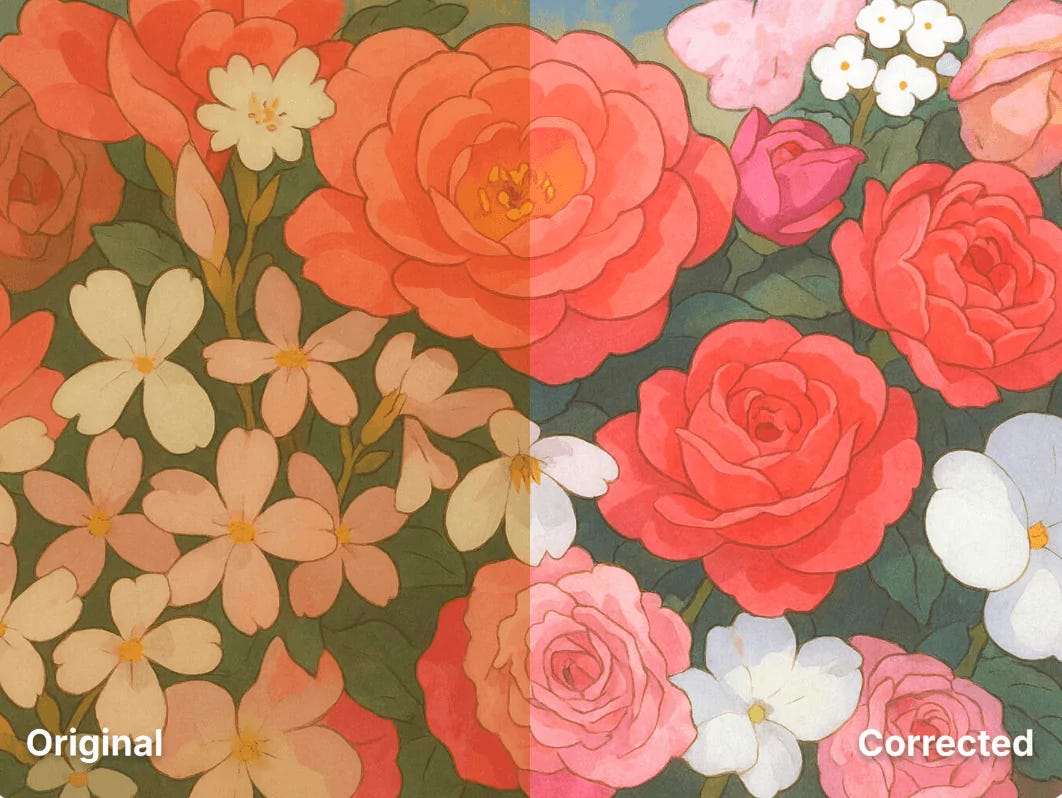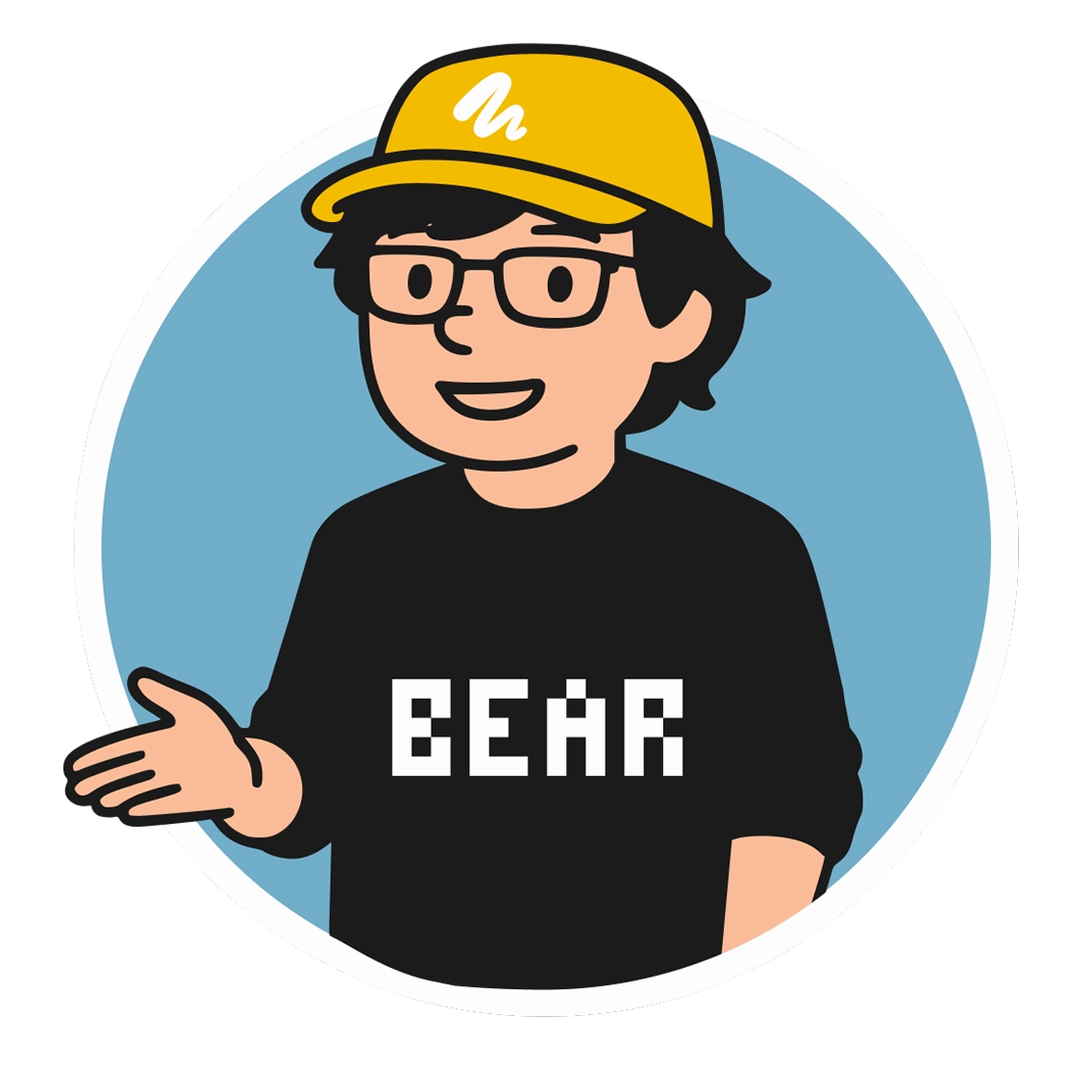68 / Why did I left Xero, a Top Tech Company of NZ
Change is inevitable. Growth is optional
Why did you leave? - that’s the question everyone asked me when I left Xero. It’s the tech company everyone calls the Southern Hemisphere’s Silicon Valley, great salary, smart colleagues, cool offices, fancy coffee machine. Why would anyone walk away from that?
My answer is three simple words: career, well-being, and Paradigm.
There’s a quote I love: “Change is inevitable. Growth is optional.” Right now, AI isn’t just changing the rules—it’s changing the entire game. If you’re not learning, adapting, and sometimes even reinventing yourself, you risk getting left behind. That applies whether you’re a designer, developer, or marketer.
So if you’re thinking about your own career path, ask yourself: are you set up to thrive in this new world, or just treading water? Are you ready for a future where AI is a collaborator—not just a tool, but maybe even your creative partner? Or are you stuck in old ways of working, hoping things will slow down?
Sometimes leaving comfort behind is the only way to get ahead of the curve. For me, stepping out was how I could really engage with the new world of work—where AI isn’t something you read about, but something you build with, every single day.
Goodies this week
GPT-Tone: One-Click Fix for GPT-4o’s Yellow Tint (Free, No Sign-up)
GPT-Tone is a lightweight web tool that removes the yellow tint commonly seen in GPT-4o images. It’s free, watermark-free, and instant, with the page stressing privacy. Instead of opening full photo suites, you can drag-and-drop and get true-to-life colours in seconds—handy for creators who just need a quick, reliable post-processing pass. The site explicitly targets GPT-4o’s warm bias; broader analysis also notes GPT-4o tends to skew warm, and simple RGB scaling often restores natural colour.
My take
It’s genuinely useful. Many GPT images look overly warm and a bit lifeless. Traditional editors are overkill for quick fixes and can wash out details. GPT-Tone fits right into a fast “generate → pick → publish” pipeline. For thumbnails, covers, and mood boards, I’d de-yellow with GPT-Tone first, then do minimal framing/sharpening.
Link:
The Boring Winner: Don’t Just Build in Public—Win in Public
A crisp 200-word post by Zaid Al Kazemi (Zaid’s Newsletter, July 22, 2025) argues: people don’t care how nuanced you are; they care about value. To make value land, you must sell—spot a pain, promise relief, show how, and back it with credibility. The strongest credibility comes from winners. Winners are “boring” because they just keep winning. So the easiest path to trust is winning in public: celebrate your first customer, then 10, then 50 with a long thank-you note—and keep going. Build. Show. Win. Show.
My take
As a solo builder, I share my process a lot but not my wins enough. I’ll start shipping public proof: the first 10/50/100 paid users for Jam, a retention bump, a user case study from prompt to purchase. Not bragging—just clear signals that the product works. Tactically: keep a “Wins Log,” post a short Wins Friday recap each week, and pair every win with the “how” to avoid vanity.
Original link
Wispr Flow Raises $30M Led by Menlo Ventures
Per TechCruncthor Ivan Mehta), AI dictation app Wispr Flow closed a $30M Series A led by Menlo Ventures, with NEA, 8VC and sl founders/executives participating; Matt Kraning from Menlo will join the board. Founder-CEO Tanay Kothari says the company is on track to profitability. Wispr began with a “silent mouthing” hardware concept, then pivoted to software: Mac app in Oct 2024, Windows in Mar 2025, and iOS earlier this month. It supports 104 languages, reports ~50% MoM user growth, has an ~18-person team, and plans Android plus enterprise features. Published June 24, 2025.
My take: Voice is the most scalable input—everyone can speak. No surprise that VCs use Wispr Flow daily and then fund what they can’t put down. I’ve been using it for notes and drafts; it noticeably reduces friction from thought to text. Big Tech’s distribution edge is a real risk, but in the “input interface” race, the winner is whoever minimizes that friction. For creators and knowledge workers, this is a real productivity boost to watch.
Original link:
Hello, I’m Bear—a product designer, UX mentor and an award‑winning bilingual podcast host, currently living in Auckland, New Zealand. I enjoy sharing insights from my work, life, and study, helping all of us grow together.
Bear Academy Newsletter is my weekly email packed with thoughts on technology, design, and productivity—featuring book breakdowns, learning tips, and career reflections.
Find me here:





